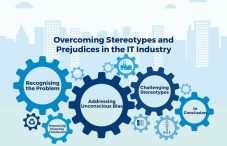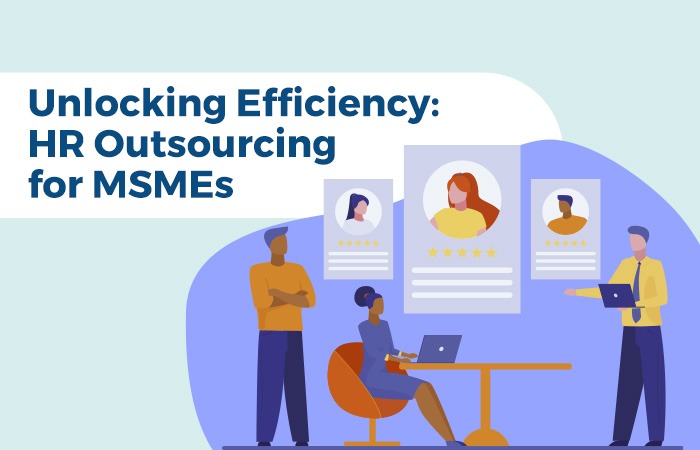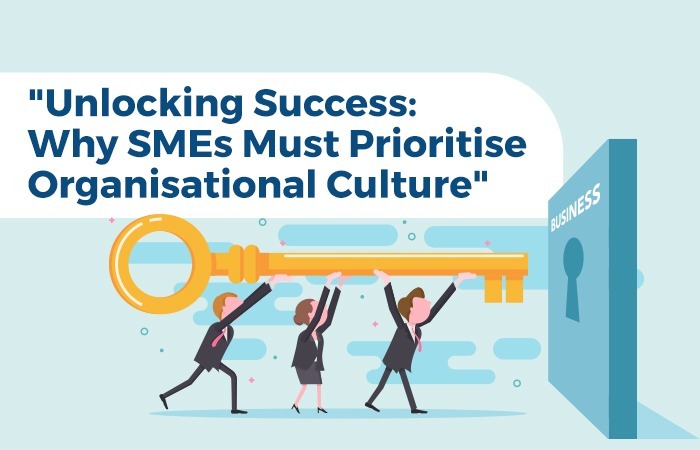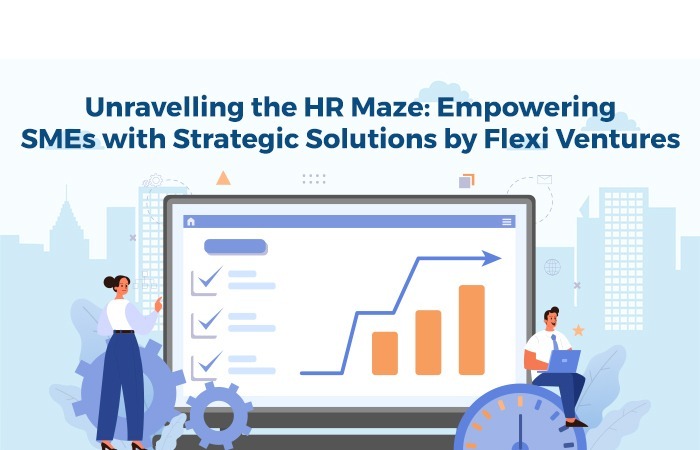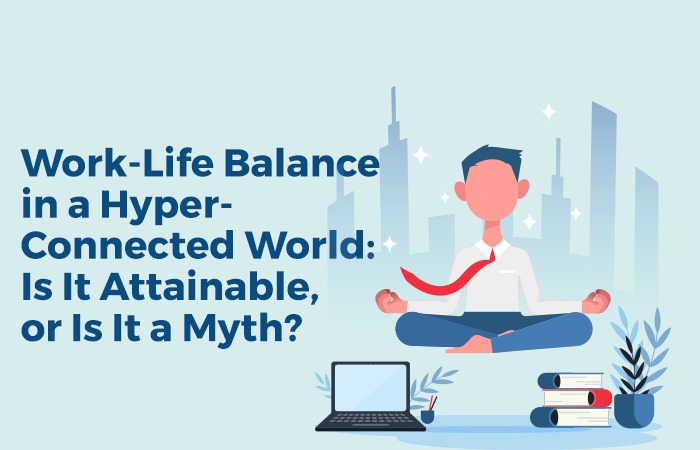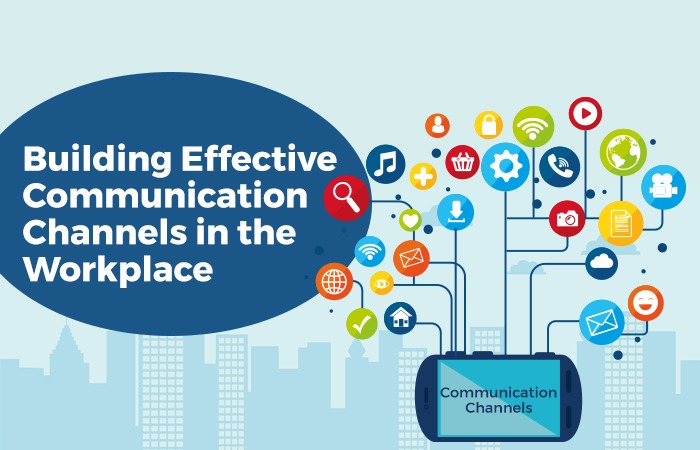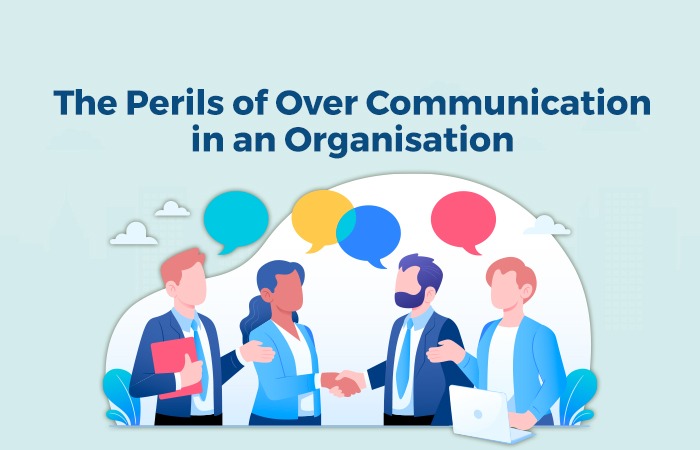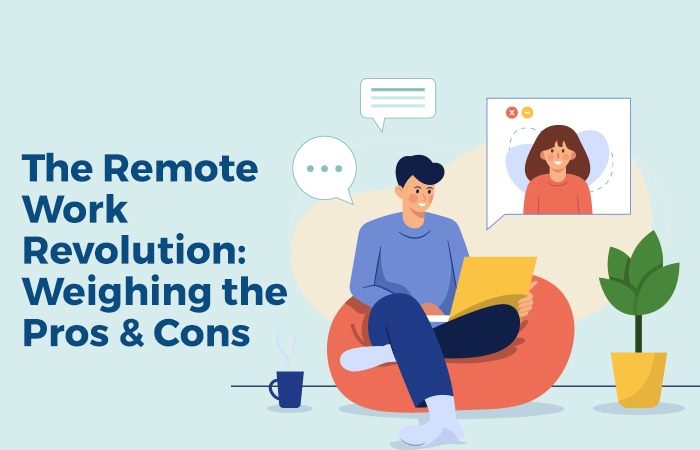The IT industry has long been associated with stereotypes and prejudices, with certain groups being perceived as more suitable for the field than others. These stereotypes and prejudices not only limit opportunities for certain individuals but also hinder the industry’s growth by preventing a diverse range of perspectives and ideas. However, with conscious efforts, it is possible to overcome these stereotypes and prejudices in the IT industry.
Recognising the Problem
The first step in overcoming stereotypes and prejudices is recognising that they exist. Acknowledging that the IT industry has a diversity problem is essential to start implementing meaningful change. This means acknowledging that certain groups, such as women, people of colour, and individuals with disabilities, are often underrepresented or face discrimination in the workplace.
Challenging Stereotypes
Stereotypes can be particularly damaging as they are often based on biased assumptions and generalisations. To challenge stereotypes in the IT industry, we need to focus on changing perceptions of certain groups. For example, women are often stereotyped as not being interested in technology or as lacking the necessary technical skills. By showcasing successful women in the industry, highlighting their achievements, and creating opportunities for them to share their experiences, we can start to challenge these stereotypes.
Addressing Unconscious Bias
Unconscious bias is a type of prejudice that is based on assumptions or stereotypes that we hold without even realising it. These biases can be particularly damaging in the workplace, where they can lead to discrimination in hiring, promotion, and work assignments. To address unconscious bias, we need to raise awareness of it and provide training for employees to recognise and address their biases. By doing so, we can create a more inclusive workplace where everyone is judged based on their skills and abilities rather than their background.
Promoting Diversity and Inclusion
Promoting diversity and inclusion should be a top priority for companies in the IT industry. This means actively seeking out and hiring individuals from diverse backgrounds, creating an inclusive workplace culture, and providing opportunities for professional development and advancement for all employees. By promoting diversity and inclusion, we can ensure that everyone feels valued and supported in the workplace, leading to increased productivity, innovation, and a better work environment for all.
In Conclusion
Overcoming stereotypes and prejudices in the IT industry is not an easy task, but it is essential for creating a more diverse and inclusive workplace. By recognising the problem, challenging stereotypes, addressing unconscious bias, and promoting diversity and inclusion, we can create a workplace where everyone feels valued and has the opportunity to succeed.

